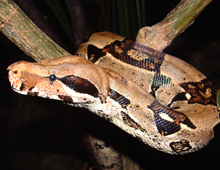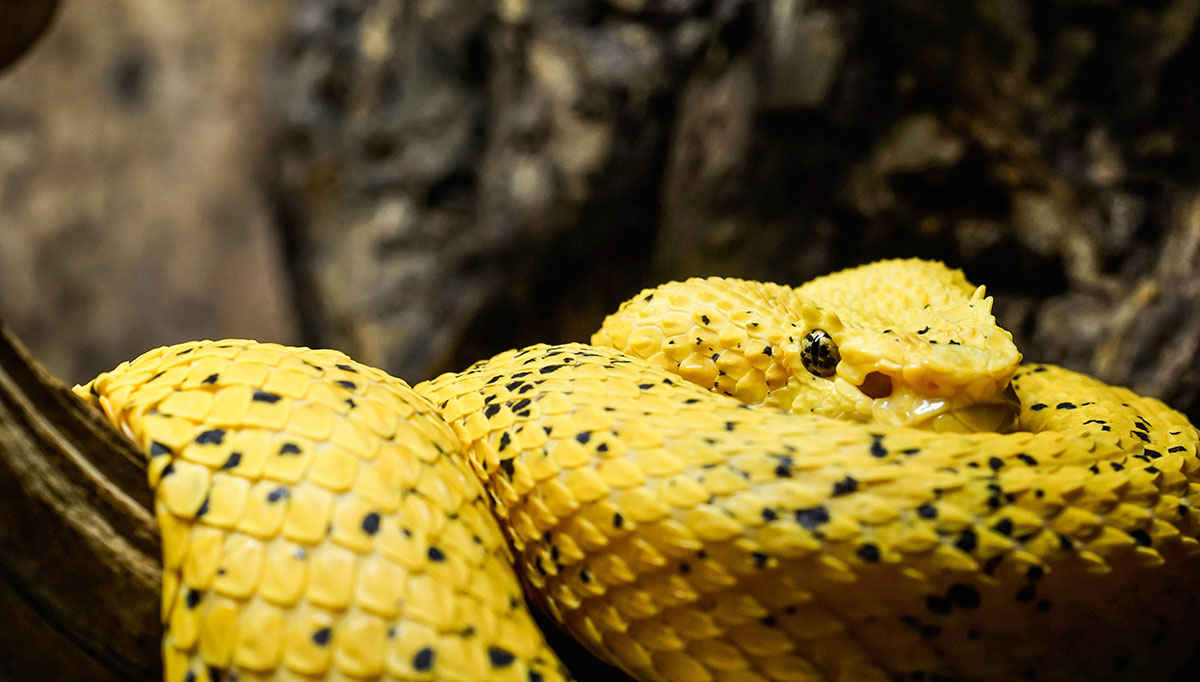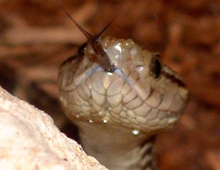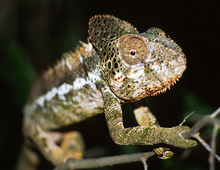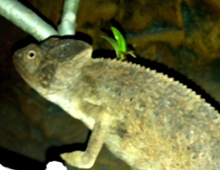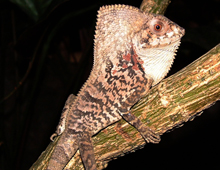
An enormously developed extension of its skull lends this lizard a resemblance to the “Alien” of horror movies. In contrast to other basilisks (which can run so quickly they can stay above the water surface) this tree-dwelling species is a “sit and wait predator”, staying very still, until large beetles, grasshoppers, and other insects, deceived by its unlizardlike appearance, come close enough to be grabbed in its jaws. Found in Southern Mexico and the rest of Central America, it is not often seen in zoos. It has reproduced at the DWA.

